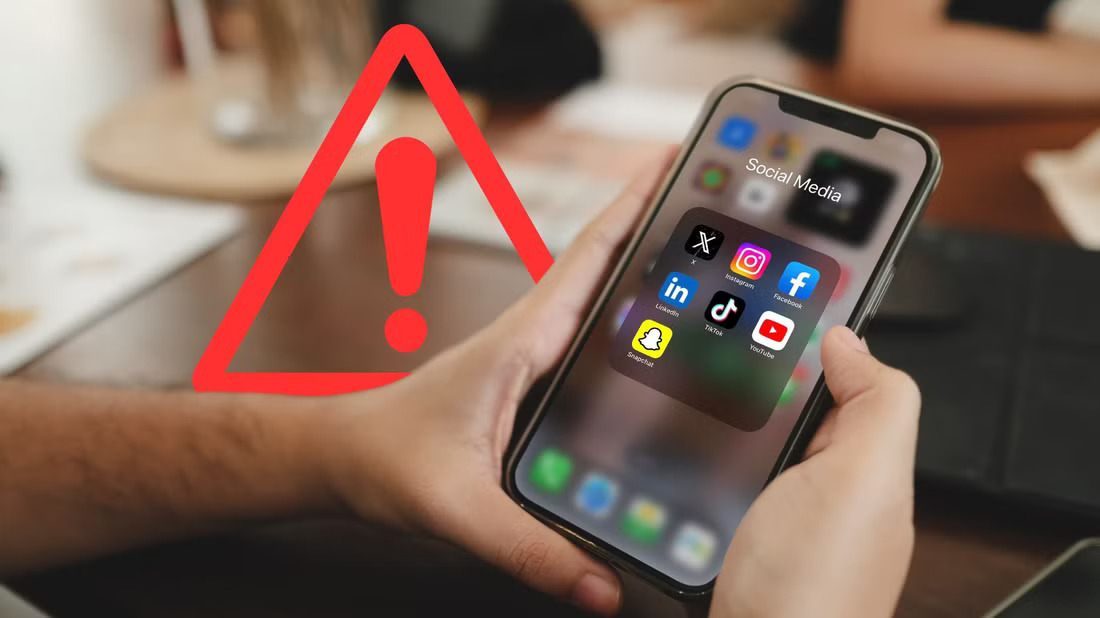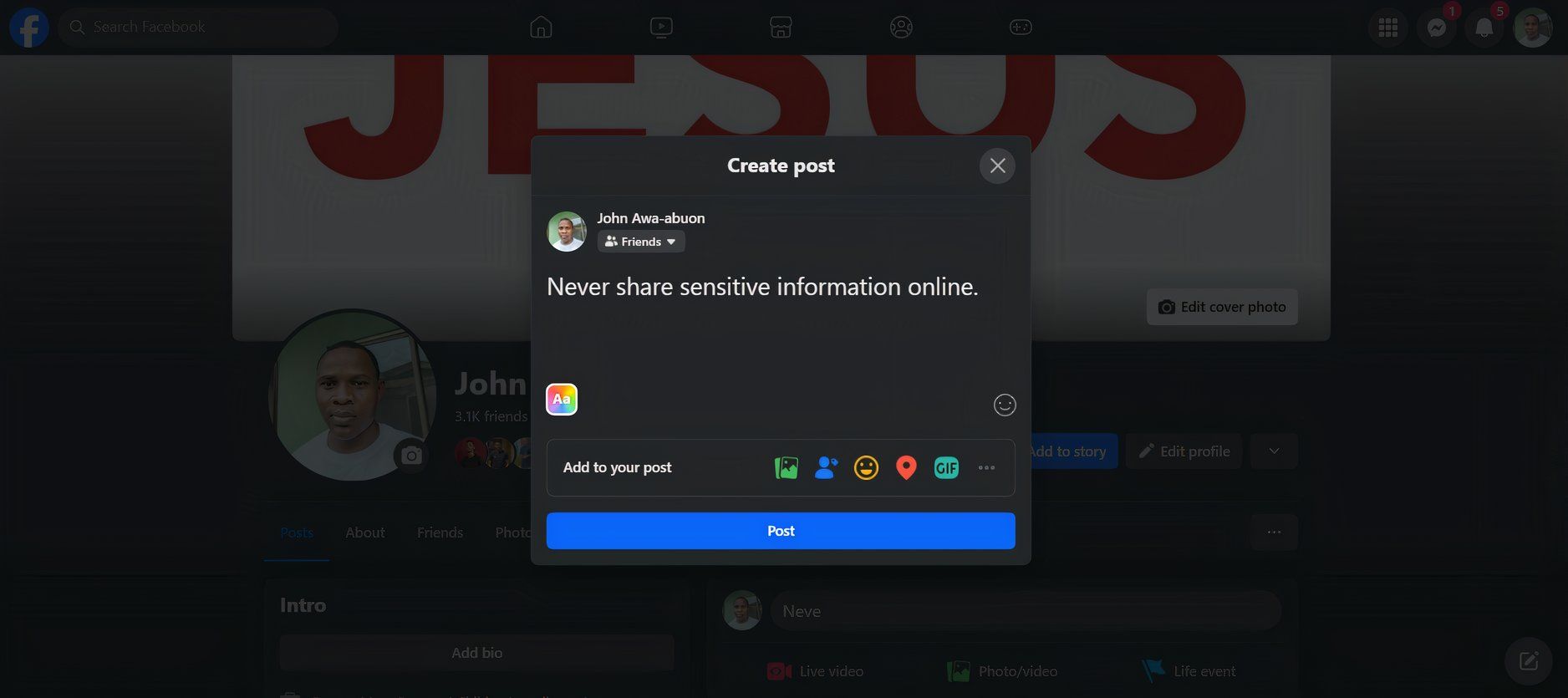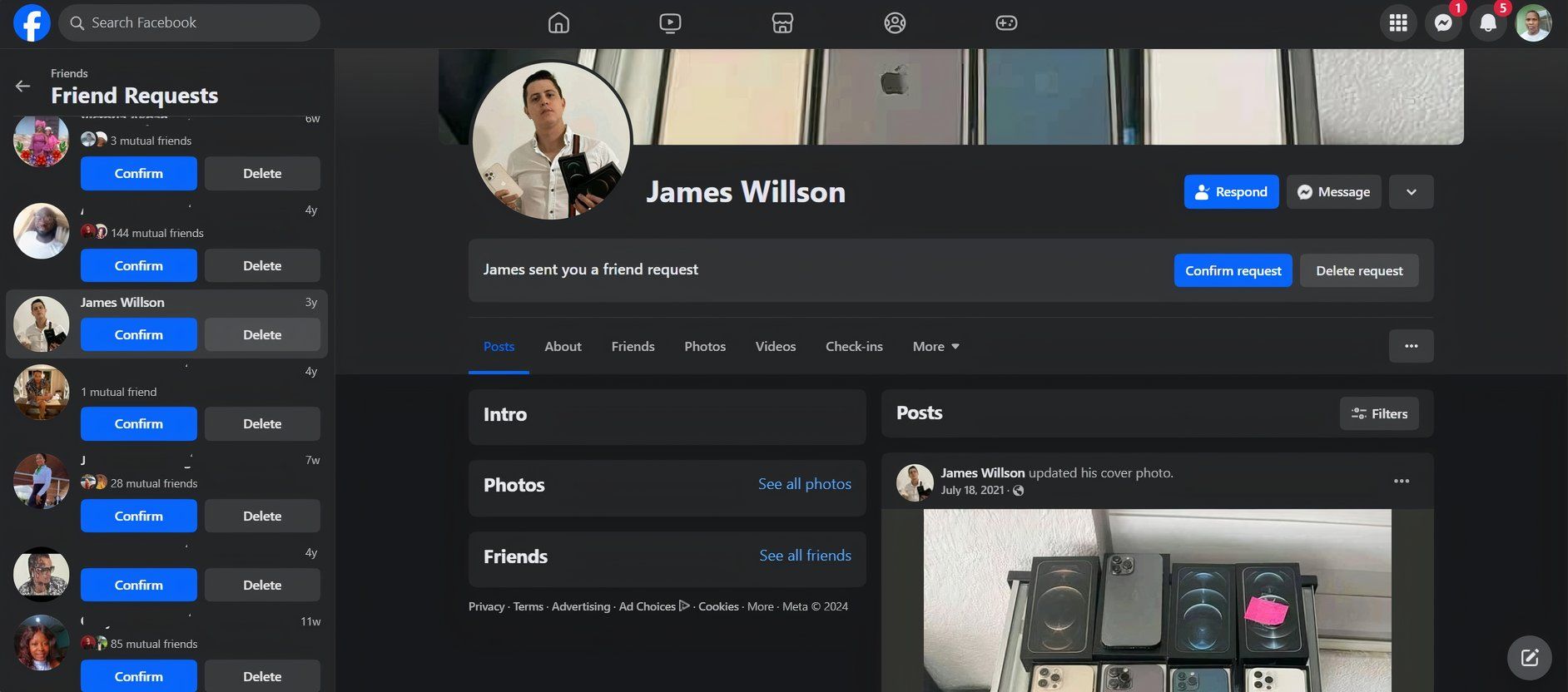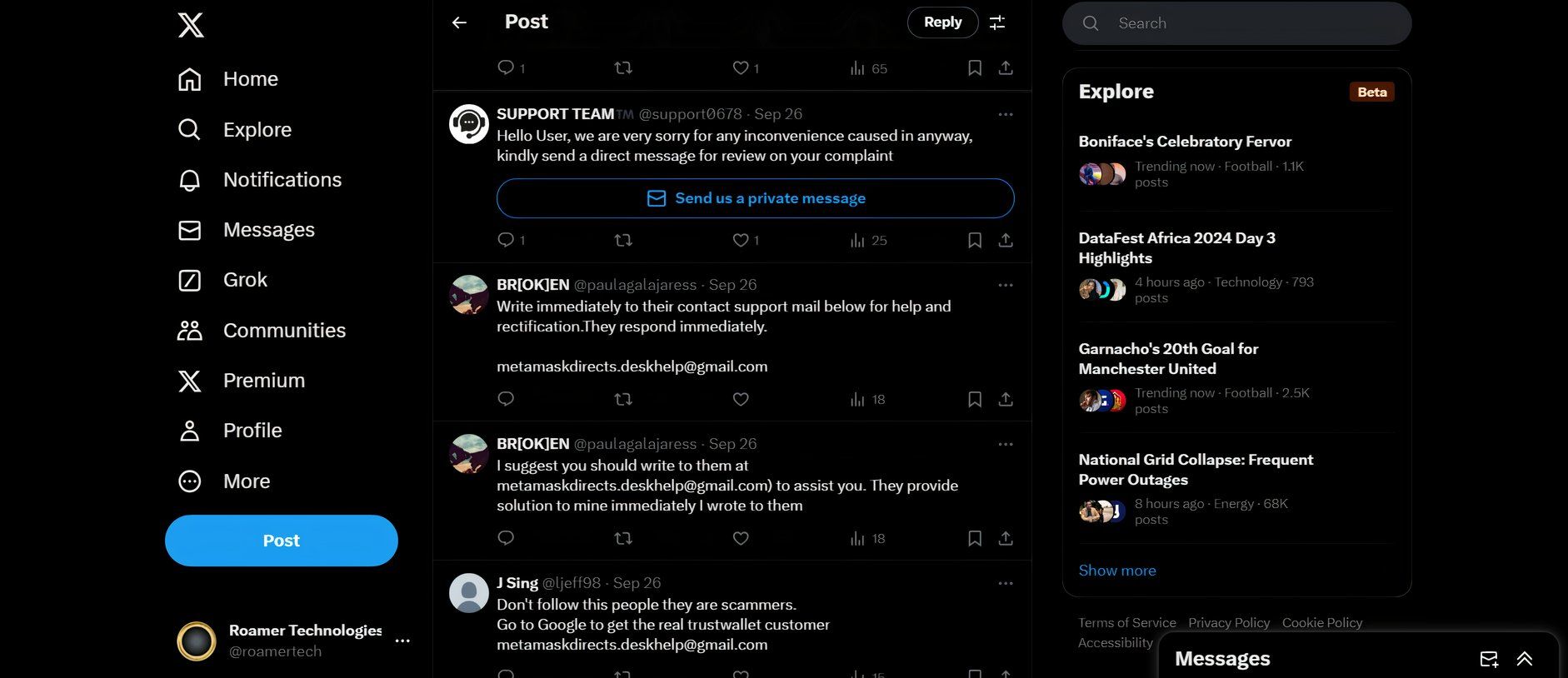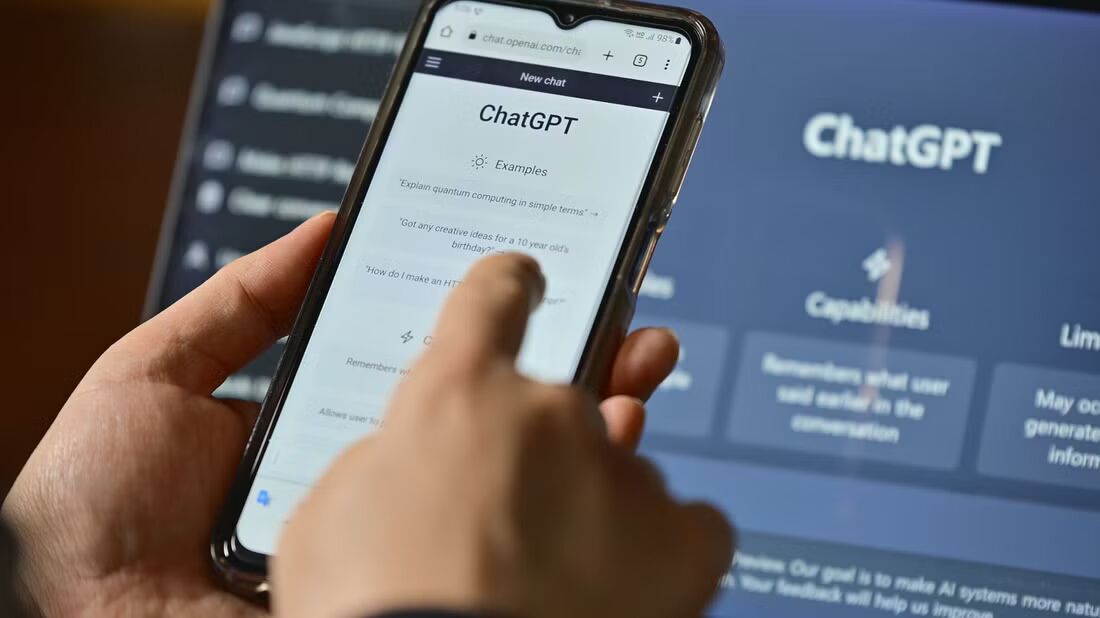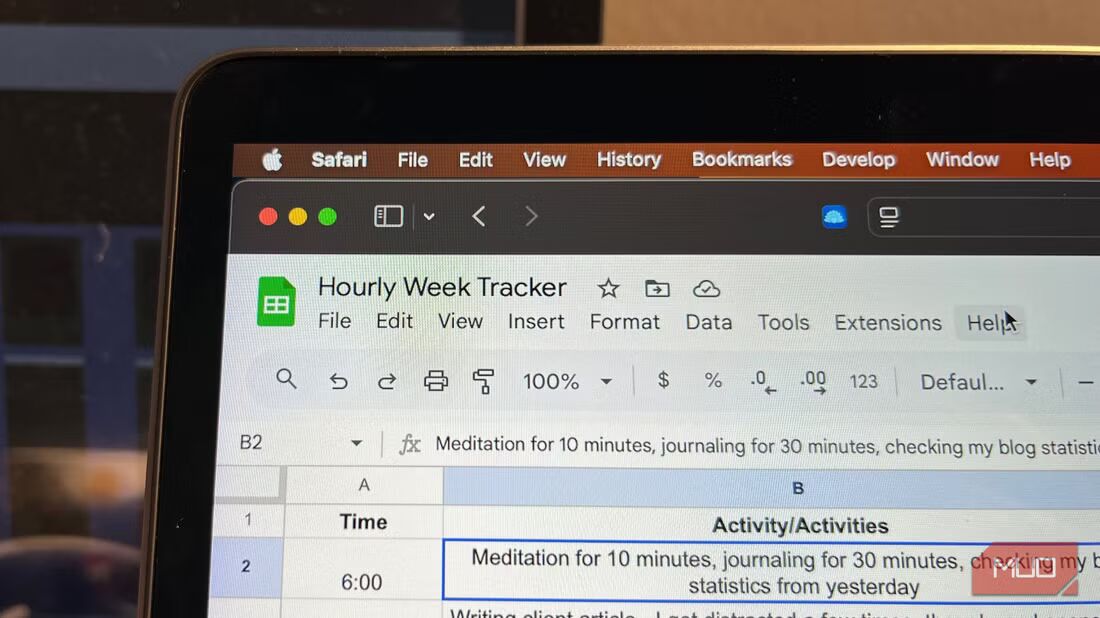Social media has become a part of my daily routine, like it has for many of us. It’s a great way to stay connected and share with others, but it’s also full of risks, especially with scammers lurking around every corner. Over time, I’ve picked up a few habits that help me steer clear of these dangers.
1Limiting What I Share Online
The first and probably most important step I take is to be careful about what I share. It’s tempting to post fun facts about yourself, but even small details—like your pet’s name or your birthday—can be a goldmine for scammers. They can use this info to guess passwords or craft convincing phishing attacks. So, I make it a rule to share as little personal information as possible, especially on public profiles.
I also think twice before sharing life events like vacations or daily routines. Scammers, or even thieves, could easily use that to their advantage. For example, announcing you’re out of town can signal that your home is empty. The less they know, the harder it is for them to try to exploit me.
2Being Wary of Friend Requests
One thing I’ve learned over the years is to be picky about who I connect with online. That’s why I never accept Facebook friend requests from strangers. Scammers love creating fake profiles that might look legit at first glance, using stolen photos or vague details to seem real.
Before accepting a friend request, I always take a moment to look over the profile carefully. If they have barely any posts, a suspiciously low number of friends, or if something just feels off, I steer clear.
It’s tempting to accept requests to grow your connections, but accepting strangers can open the door to all kinds of scams. By only sticking to people I know or can verify, I keep my circle safer and protect my personal information.
3Treating Messages in the Requests Folder as Suspicious
When I see messages in my Message Requests folder, I approach them with caution. This is typically where messages from people I’m not connected with end up, and while some might be legitimate, it’s also a popular spot for scammers to try their luck.
When a stranger offers me a “great opportunity” or someone shares an unusual story, I’m careful. Most of the time, it’s just spam or a phishing attempt. If something feels off—like strange grammar, unrealistic promises, or requests for personal info—I block or report the sender without a second thought. It’s always better to be safe than sorry.
4Never Clicking Links from Unknown Sources
A golden rule I live by: never, ever click on a link from someone or someplace you don’t trust completely. Scammers are good at making malicious links look legitimate, like they’re coming from a friend or a well-known brand. Once you click, though, you could be sent to a fake website designed to steal your login details or install malware on your device.
Even when a message seems genuine, I always double-check. If someone I don’t know sends me a link, I just ignore it. And even with friends, I make sure the link is something they’ve meant to send and not the result of their account being hacked.
5Scrolling Past Flashy Ads
Whenever I see those flashy ads that promise unbelievable deals or prizes, my instinct is to scroll right past them. Scammers love using attention-grabbing ads to lure people in, and they often lead to fake websites or try to trick you into giving away personal information.
If something feels too good to be true, I remind myself it probably is. Legitimate businesses don’t need to rely on over-the-top, pop-up-style ads to get customers. Instead of clicking, I prefer to look up the brand or offer on official websites.
6Using Two-Factor Authentication
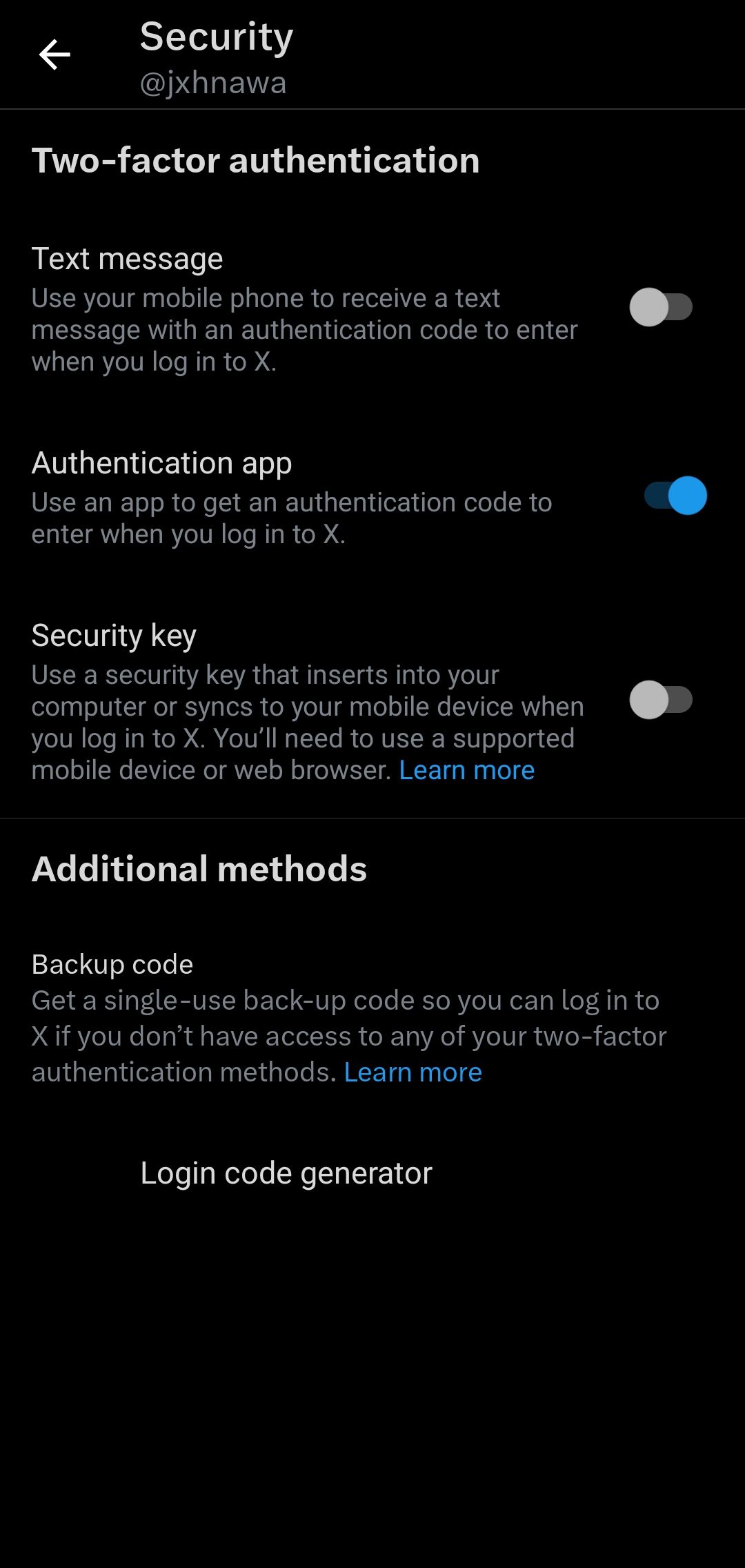
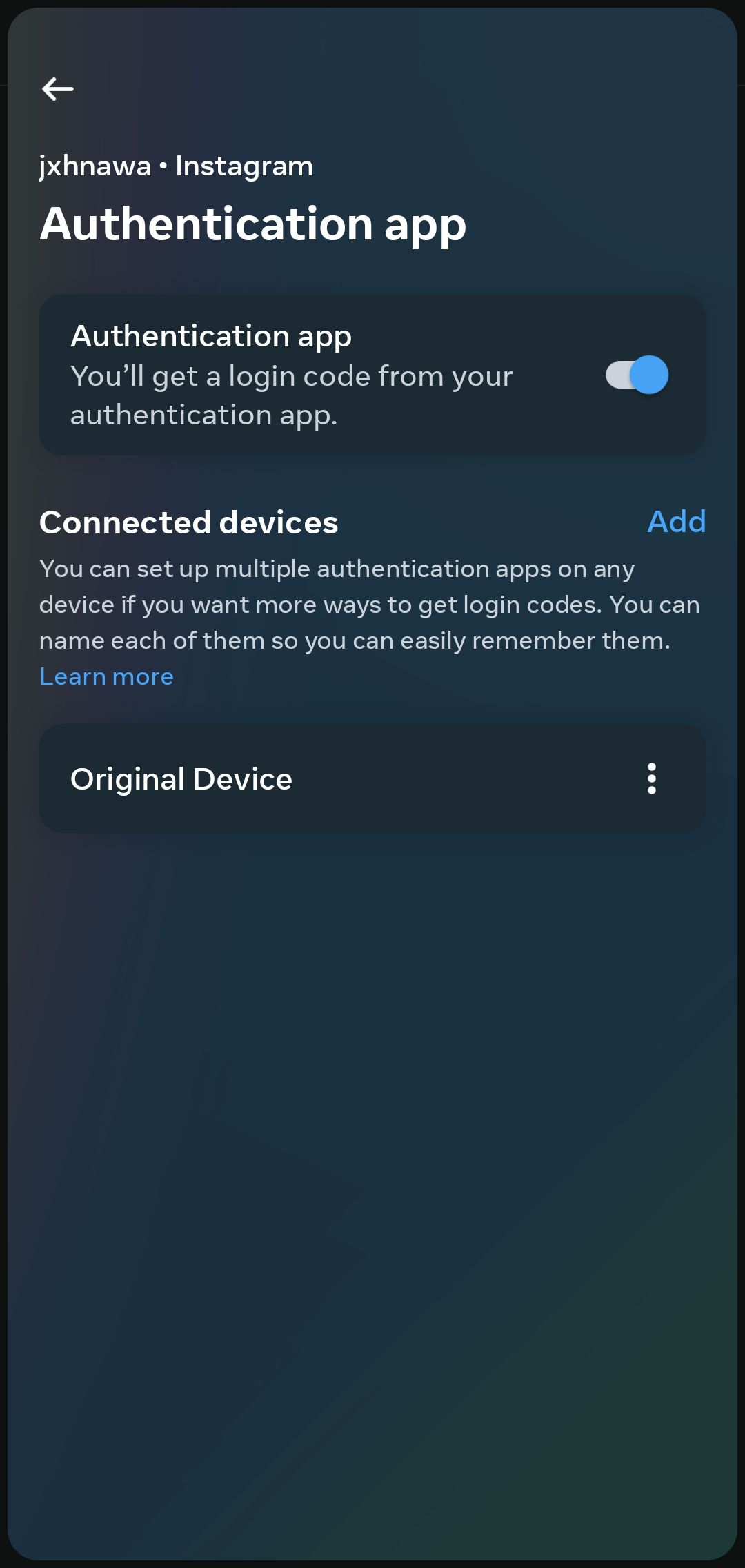
One of the easiest and most effective ways I protect my social media accounts is by using two-factor authentication (2FA). It’s an extra layer of security that requires not just my password, but also a second form of verification—like a code sent to my phone. This way, even if someone gets hold of my password, they can’t access my account without that extra step.
Most social media platforms offer 2FA, and setting it up is simple. It has become a must for me, and honestly, the peace of mind is worth the small effort it takes to set it up.
7Scrutinizing Customer Service Profiles
When I need to reach out to customer service on social media, I’m extra careful about verifying that I’m actually talking to the real deal. Scammers are surprisingly good at creating fake customer service profiles that look nearly identical to the official ones—complete with logos and friendly replies.
Before I engage, I check for verified badges and look at the profile’s activity. If something feels off, I don’t share any personal info and head straight to the company’s official website to get help. Scammers thrive on creating a sense of urgency, so taking a moment to double-check saves me from potentially falling into a trap.
8Reporting Suspicious Activity
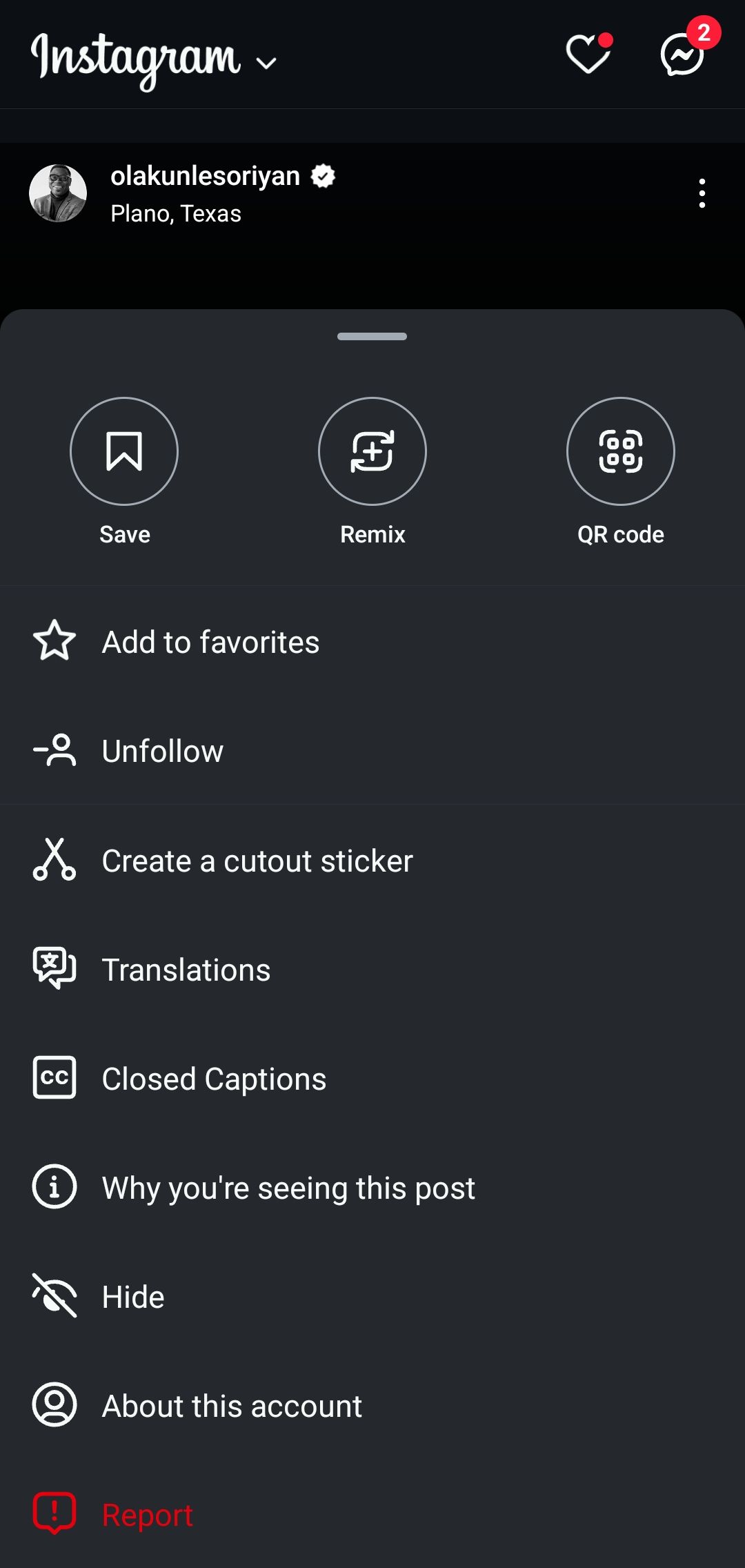
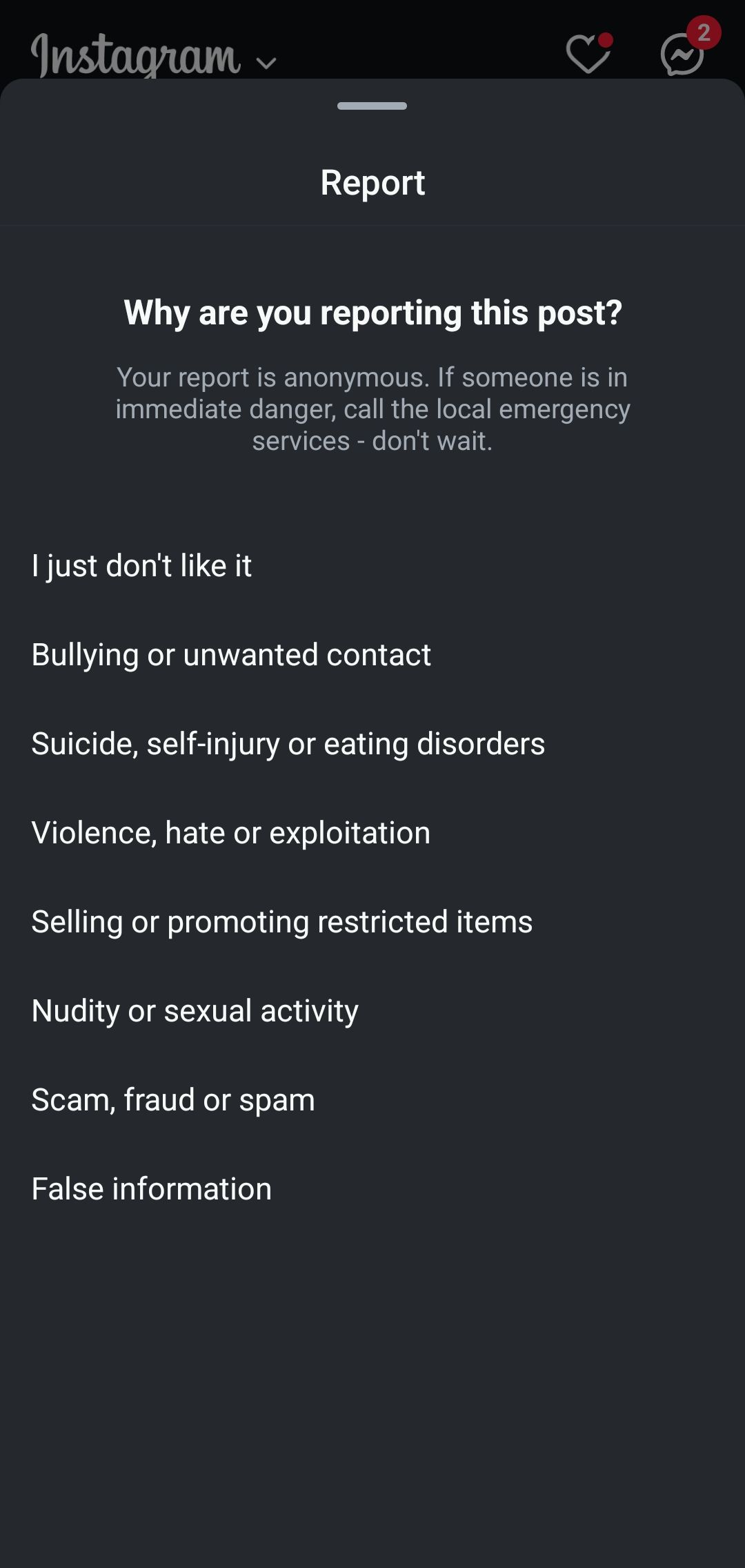
Whenever I come across something that seems fishy—whether it’s a fake profile, a scammy message, or suspicious content—I report it right away. Most social media platforms make it easy to flag or block accounts that seem off, and I see it as my responsibility to help keep the space safer for everyone.
Reporting suspicious activity doesn’t just protect me; it also helps prevent others from falling victim to the same scams. It’s a small step, but when enough people do it, the platforms can take action faster and shut down these scammers.
Staying safe on social media relies on caution and awareness. Limiting what I share, scrutinizing friend requests and messages, and using tools like two-factor authentication allow me to enjoy connecting with others while protecting myself from potential scams. A little vigilance goes a long way—it’s better to miss an opportunity than to become a victim.
